Rediscovering independence after a stroke can seem like an uphill battle, but with the right tools and mindset, it is possible to make a successful transition back home. The journey to recovery is unique for each individual, but by embracing a comprehensive approach that combines physical therapy, emotional support, and adaptive strategies, you can regain control over your life and reclaim your independence. In this article, we will explore the key steps and strategies that can help you navigate the challenges of post-stroke recovery and smoothly transition back into your home environment. From making necessary modifications to your living space to mastering daily tasks with adaptive techniques, we will provide you with practical advice and actionable tips that will empower you to thrive in your newfound independence. Whether you are a stroke survivor or a caregiver, this guide will serve as a valuable resource to help you navigate the path towards a fulfilling and independent life after stroke.

Importance of a supportive network during the transition
Having a strong support system in place is crucial during the transition back home after a stroke. This network can include family members, friends, caregivers, and healthcare professionals who can provide both physical and emotional support.
Family members and friends play a vital role in the recovery process. They can assist with daily tasks, provide transportation to medical appointments, and offer emotional support. Caregivers, whether professional or family members, can provide specialized care and assistance based on the specific needs of the stroke survivor.
In addition to the support of loved ones, healthcare professionals such as physical and occupational therapists play a crucial role in the transition home. These professionals can provide guidance on exercises and activities that can help improve mobility and regain independence. They can also recommend adaptive strategies and assistive devices that can make daily tasks easier.
Physical and occupational therapy for stroke survivors
Physical and occupational therapy are essential components of the recovery process for stroke survivors. These therapies focus on improving mobility, strength, coordination, and the ability to perform everyday activities.
Physical therapy aims to improve physical function and mobility. This may involve exercises to strengthen muscles, improve balance and coordination, and increase range of motion. The therapist may also use techniques such as gait training and assistive devices to help the survivor regain the ability to walk.
Occupational therapy focuses on helping stroke survivors regain independence in daily activities such as dressing, bathing, and cooking. The therapist may recommend adaptive strategies or assistive devices to make these tasks easier. They may also provide guidance on energy conservation techniques to help manage fatigue.
Both physical and occupational therapy sessions are tailored to the individual's specific needs and goals. The frequency and duration of therapy will vary depending on the severity of the stroke and the progress of the individual.
Modifying the home environment for increased independence
Making modifications to the home environment is crucial for stroke survivors to regain independence and navigate their living space safely. These modifications can range from simple changes to more extensive renovations, depending on the individual's needs.
One of the first steps in modifying the home is to remove any potential hazards that could increase the risk of falls or accidents. This may include removing loose rugs, ensuring adequate lighting, and installing grab bars in the bathroom. Clearing clutter and creating wide pathways can also make it easier for stroke survivors to move around with assistive devices such as walkers or wheelchairs.
In addition to removing hazards, it is important to make the home more accessible. This can involve installing ramps or stairlifts to eliminate barriers to entry, widening doorways to accommodate mobility aids, and lowering countertops and cabinets to a more accessible height. Installing handrails in hallways and stairways can provide additional support and stability.
Assisted devices and technologies to aid in daily activities
Assistive devices and technologies can play a significant role in helping stroke survivors regain independence and perform daily activities. These devices range from simple tools to more advanced technologies and can address a wide range of challenges.
For individuals with mobility limitations, devices such as canes, walkers, and wheelchairs can provide support and stability. These devices should be properly fitted and adjusted to ensure comfort and safety.
In the kitchen, adaptive tools such as built-up utensils, easy-grip handles, and one-handed cutting boards can make meal preparation easier. Devices such as reachers and dressing aids can assist with dressing and grooming tasks.
Technological advancements have also led to the development of innovative devices to aid in stroke recovery. For example, robotic exoskeletons can provide assistance with walking, while virtual reality systems can be used for rehabilitation exercises. Speech therapy apps and communication devices can help individuals overcome communication difficulties.
Developing a routine and setting realistic goals
Establishing a routine and setting realistic goals can provide structure and motivation during the transition home after a stroke. A routine can help with managing daily tasks, medications, therapy sessions, and self-care activities. It can also help reduce anxiety and provide a sense of control.
Setting realistic goals is important to avoid frustration and promote a sense of accomplishment. These goals can be short-term or long-term, and they should be specific, measurable, achievable, relevant, and time-bound (SMART). For example, a short-term goal could be to walk independently for five minutes, while a long-term goal could be to return to work or engage in a favorite hobby.
Emotional support and addressing mental health after a stroke
Emotional support and addressing mental health are essential aspects of the transition home after a stroke. The emotional impact of stroke can be significant, and it is important to acknowledge and address these feelings.
Stroke survivors may experience a range of emotions, including sadness, frustration, anger, and anxiety. These emotions can be related to physical limitations, changes in independence, and the fear of another stroke. It is important for stroke survivors to express their feelings and seek support from loved ones, support groups, or mental health professionals.
In addition to emotional support, addressing mental health is crucial for overall well-being. Stroke survivors may experience cognitive changes, such as difficulty with memory and concentration. Cognitive rehabilitation exercises and strategies can help improve cognitive function and promote mental well-being.
Building confidence and self-esteem during the transition
Building confidence and self-esteem are important aspects of the transition home after a stroke. It is common for stroke survivors to experience a loss of confidence and a negative impact on self-esteem due to physical and cognitive changes.
One way to build confidence is to focus on small achievements and celebrate milestones along the recovery journey. Recognizing progress, no matter how small, can provide a sense of accomplishment and motivation to continue working towards goals.
Engaging in activities that bring joy and a sense of purpose can also help boost confidence. This can include hobbies, socializing with friends and family, or volunteering. It is important to find activities that align with the individual's abilities and interests.
Resources and support groups for stroke survivors and their caregivers
There are numerous resources and support groups available for stroke survivors and their caregivers. These resources can provide valuable information, guidance, and emotional support throughout the transition home.
Local hospitals and rehabilitation centers often offer educational programs and support groups specifically for stroke survivors and their caregivers. These programs can provide a platform for sharing experiences, learning from others, and accessing resources.
National stroke associations and organizations also provide a wealth of information and support. These organizations often have online communities, helplines, and educational materials that can assist stroke survivors and caregivers in their transition home.
Celebrating milestones and embracing a new sense of independence
As stroke survivors progress in their recovery and successfully transition home, it is important to celebrate milestones and embrace their newfound sense of independence. Each achievement, no matter how small, is a testament to their strength and resilience.
Celebrating milestones can take many forms, from acknowledging personal achievements to sharing them with loved ones. It can be as simple as treating oneself to a favorite meal or engaging in a special activity. It is important to recognize and appreciate the hard work and determination that goes into each milestone.
Embracing a new sense of independence involves accepting the changes that have occurred and finding ways to adapt and thrive. It is an opportunity to explore new interests, set new goals, and live life to the fullest. With the support of loved ones and the right resources, stroke survivors can embrace this new chapter with confidence and optimism.
Conclusion
Transitioning home after a stroke is a journey filled with challenges, but with the right tools, support, and mindset, it is possible to successfully regain independence and thrive. By embracing a comprehensive approach that combines physical therapy, emotional support, adaptive strategies, and assistive devices, stroke survivors can navigate the challenges of post-stroke recovery and smoothly transition back into their home environments.
Modifying the home environment, developing a routine, and setting realistic goals are important steps in regaining independence. Emotional support, addressing mental health, and building confidence are crucial for overall well-being. Accessing resources and support groups can provide valuable information and a sense of community.
As stroke survivors celebrate milestones and embrace their newfound independence, they can inspire others and serve as a reminder of the strength of the human spirit. The journey to recovery may be challenging, but it is also a testament to the resilience and determination of stroke survivors and their caregivers. With the right support and a positive mindset, stroke survivors can rediscover their independence and create a fulfilling and independent life after stroke.

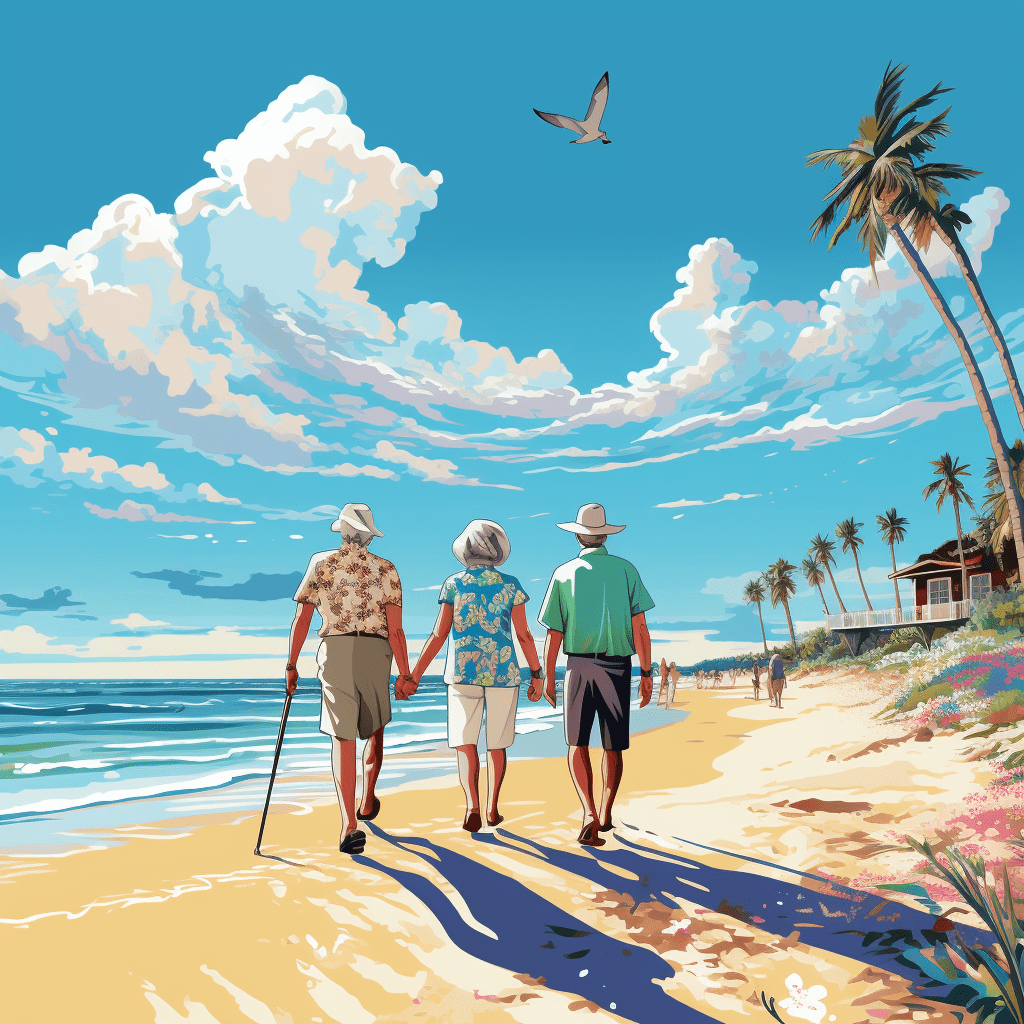
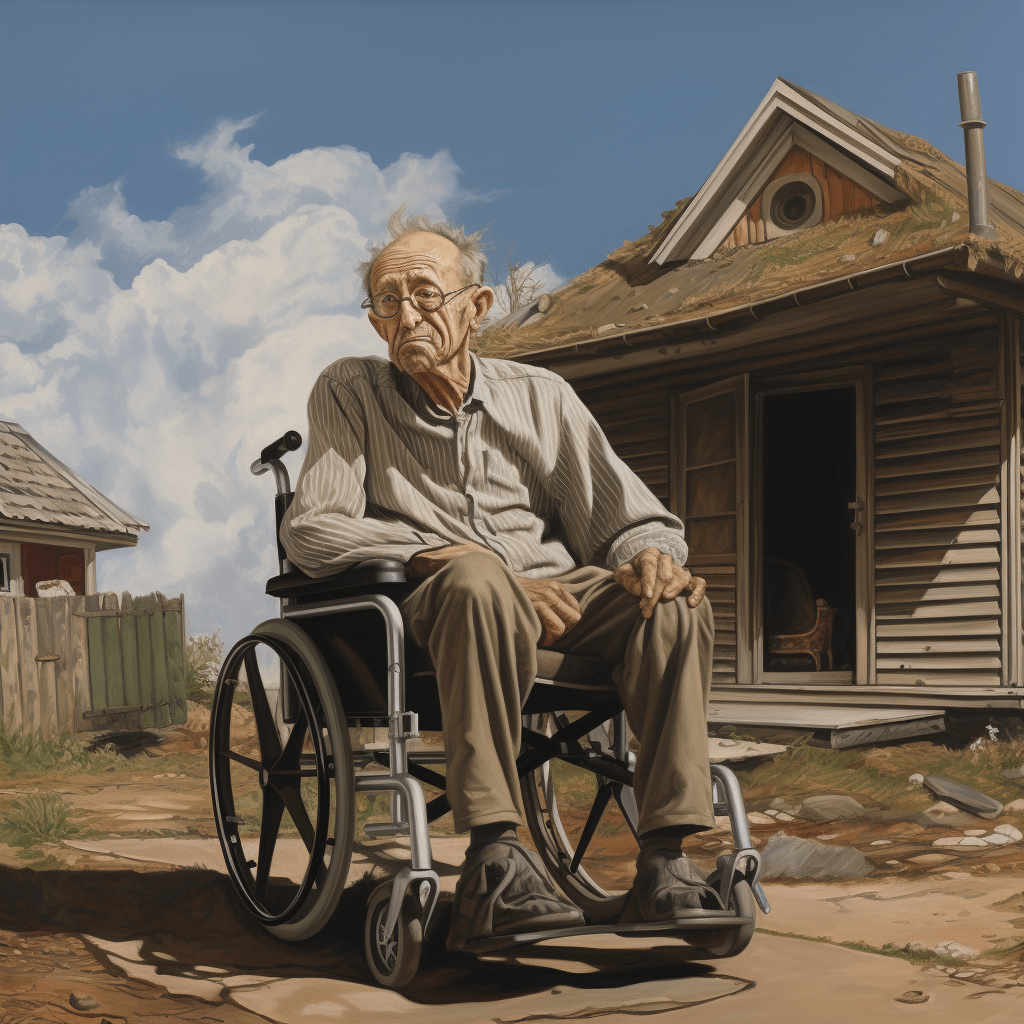
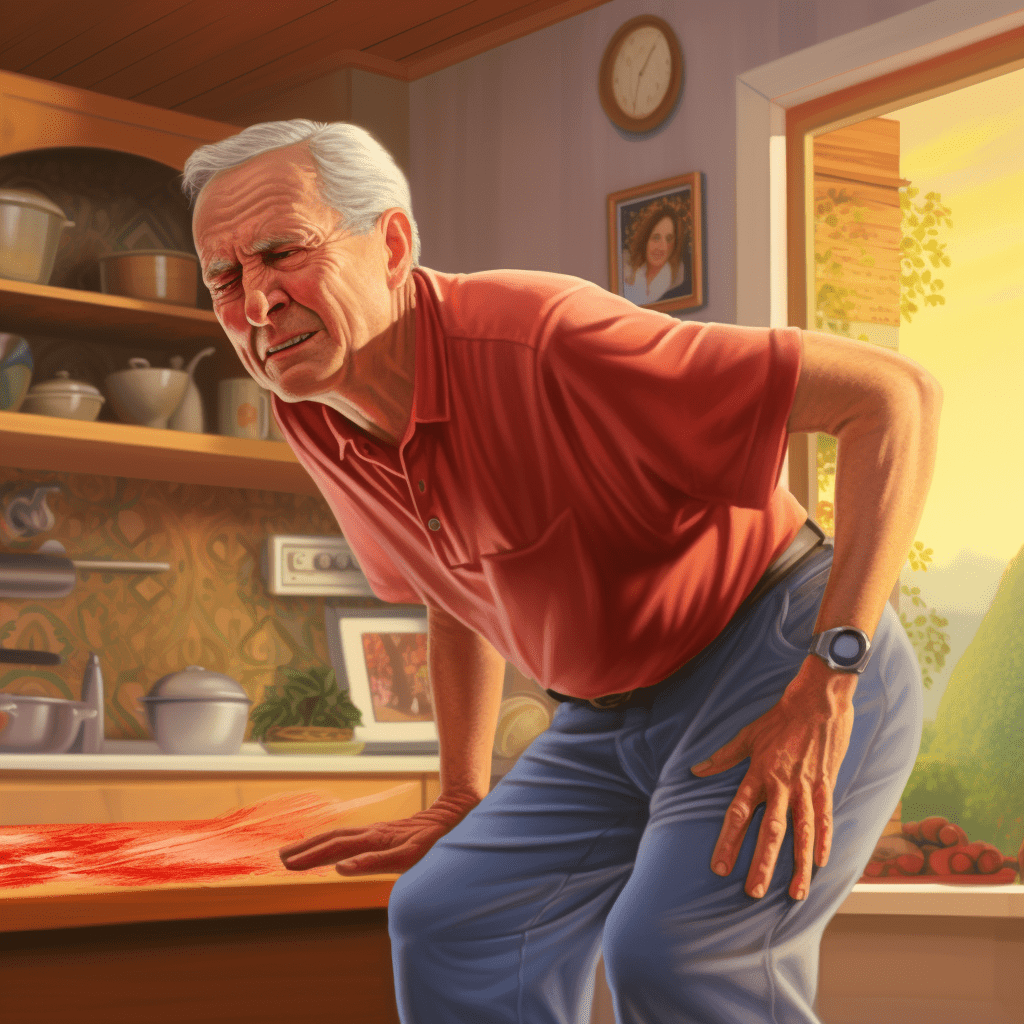
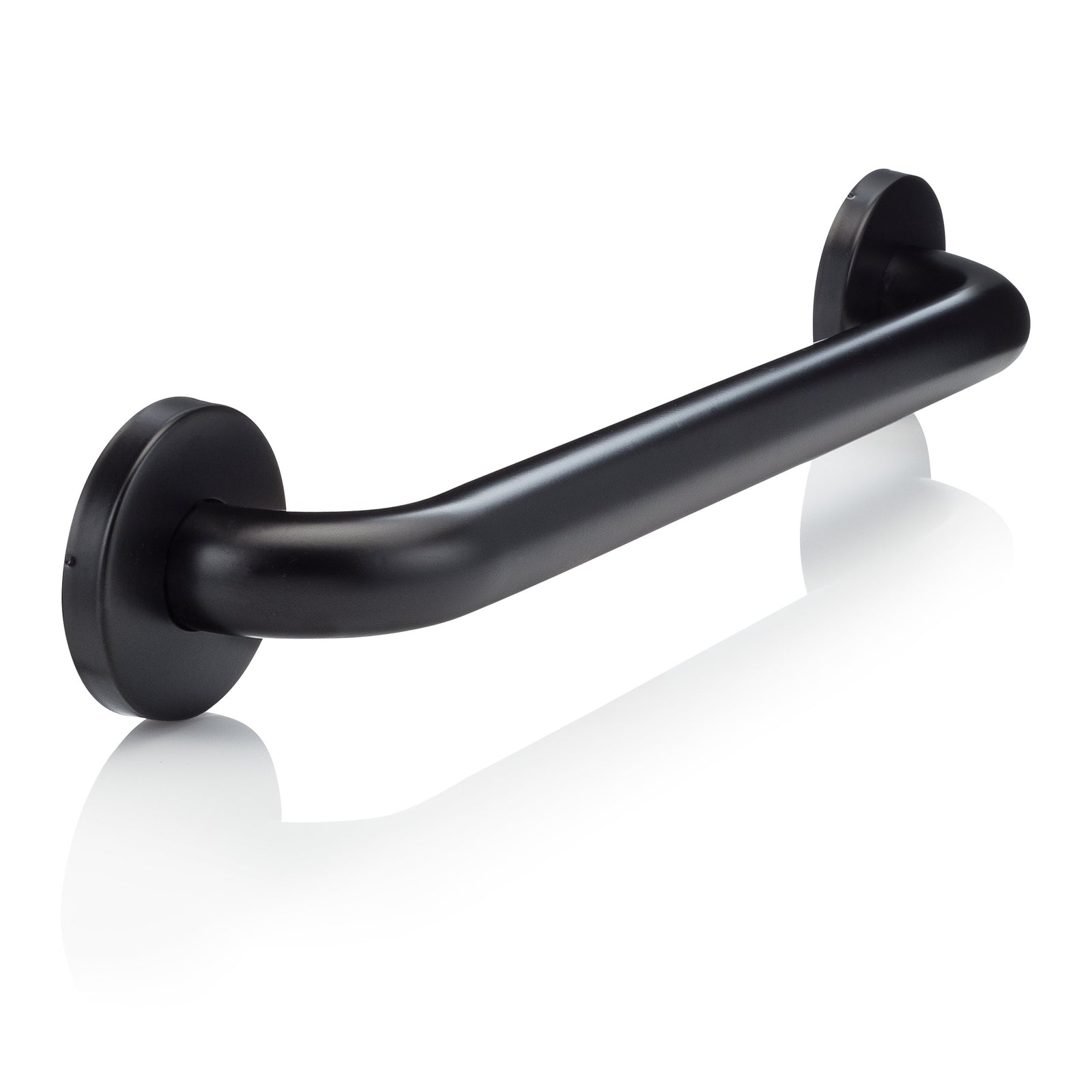

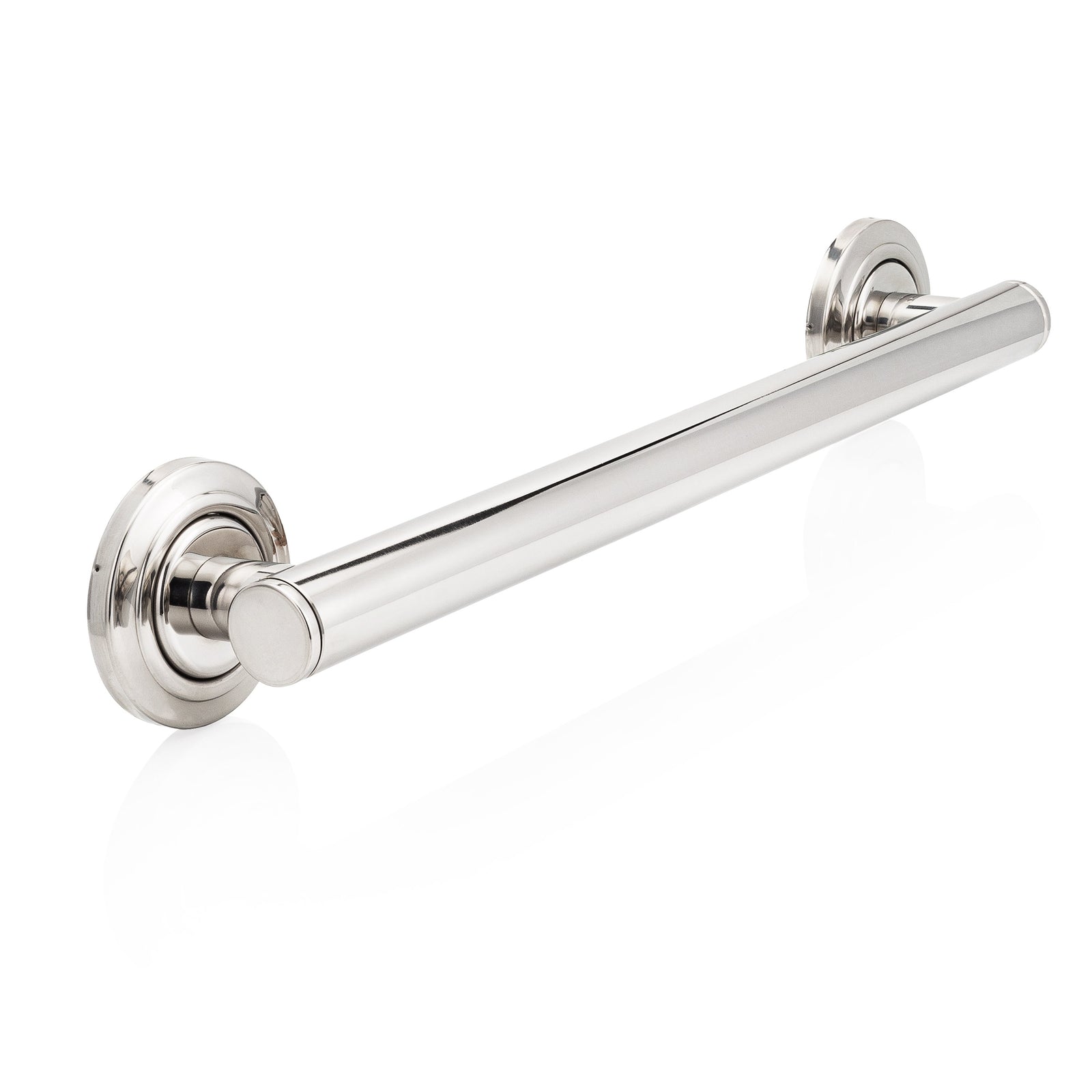
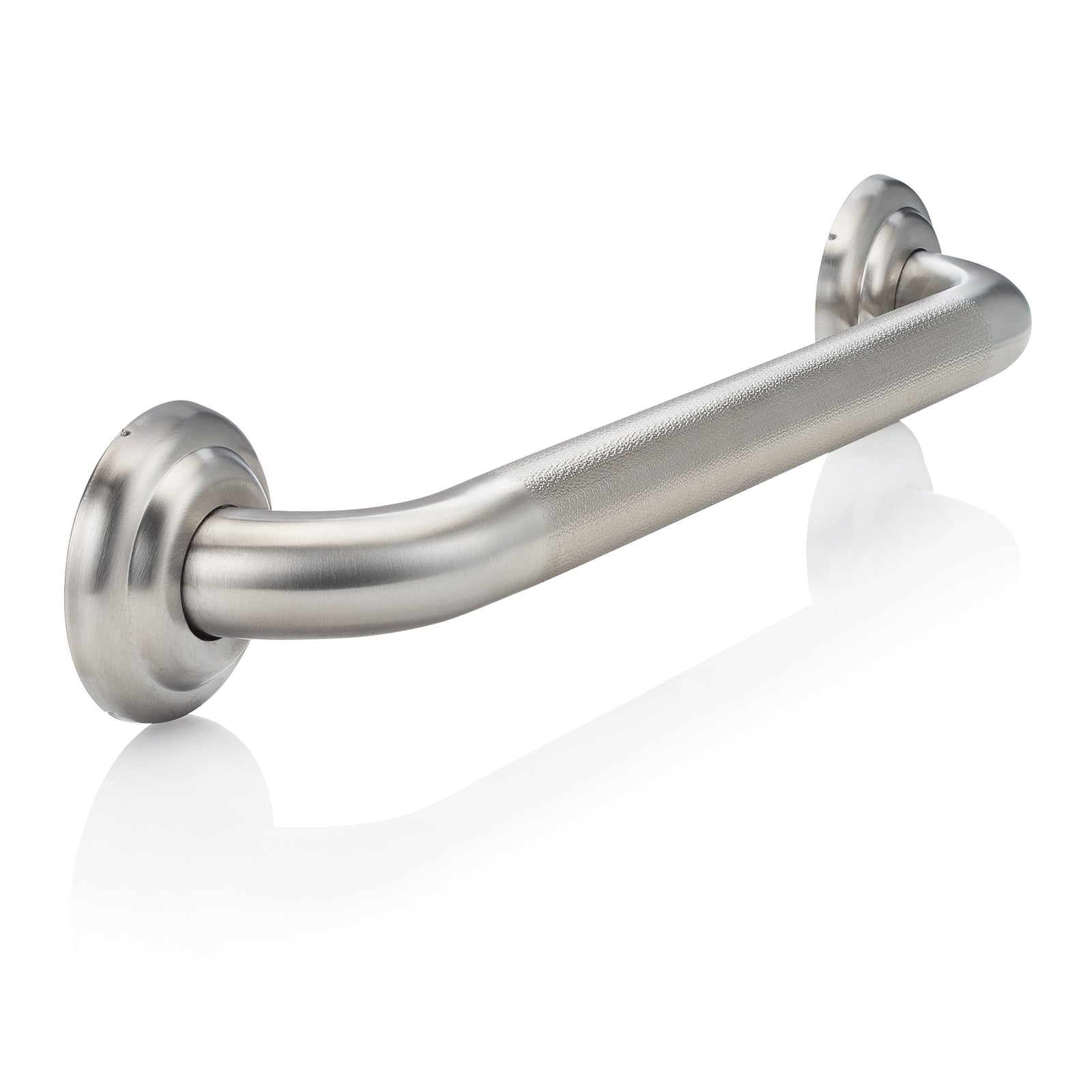
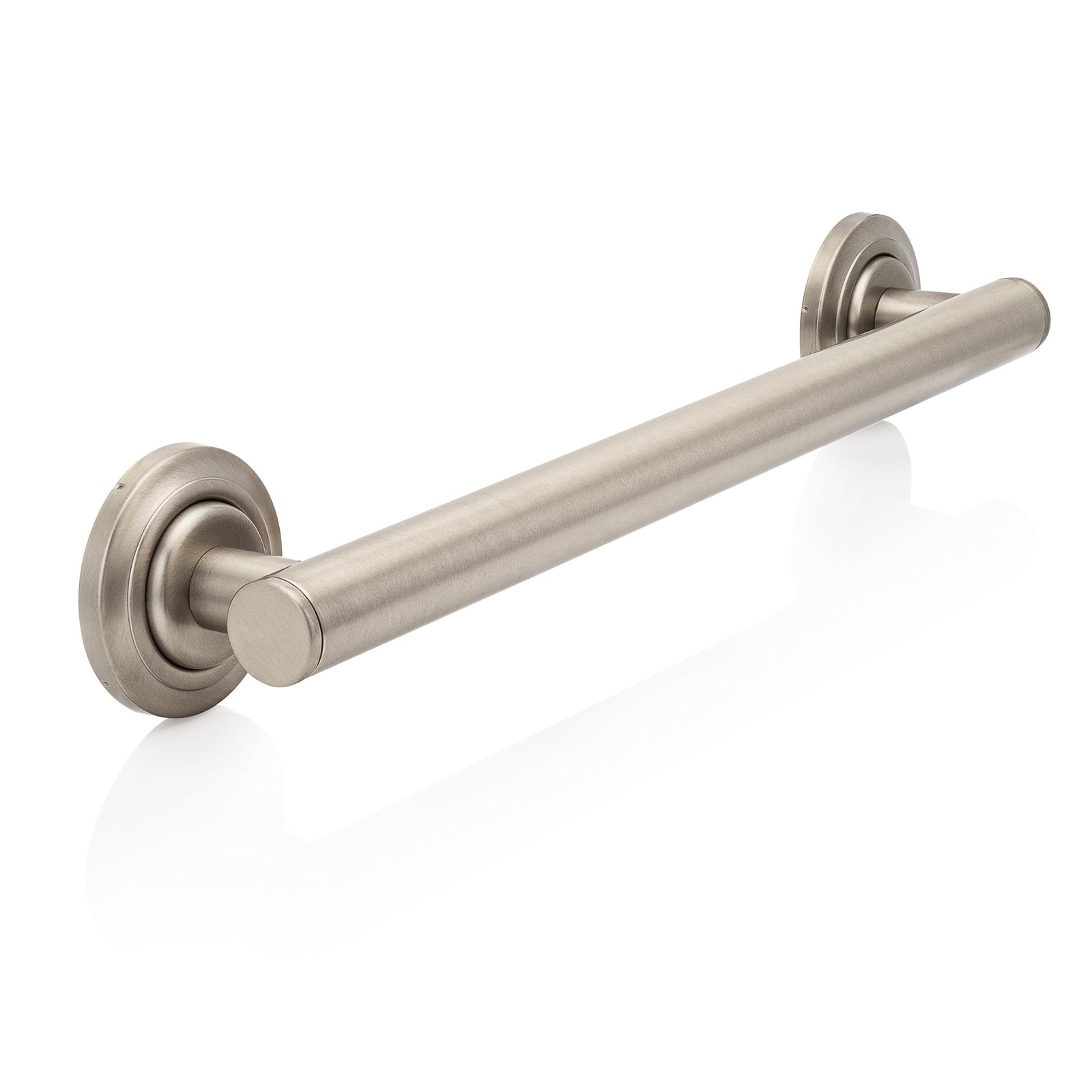
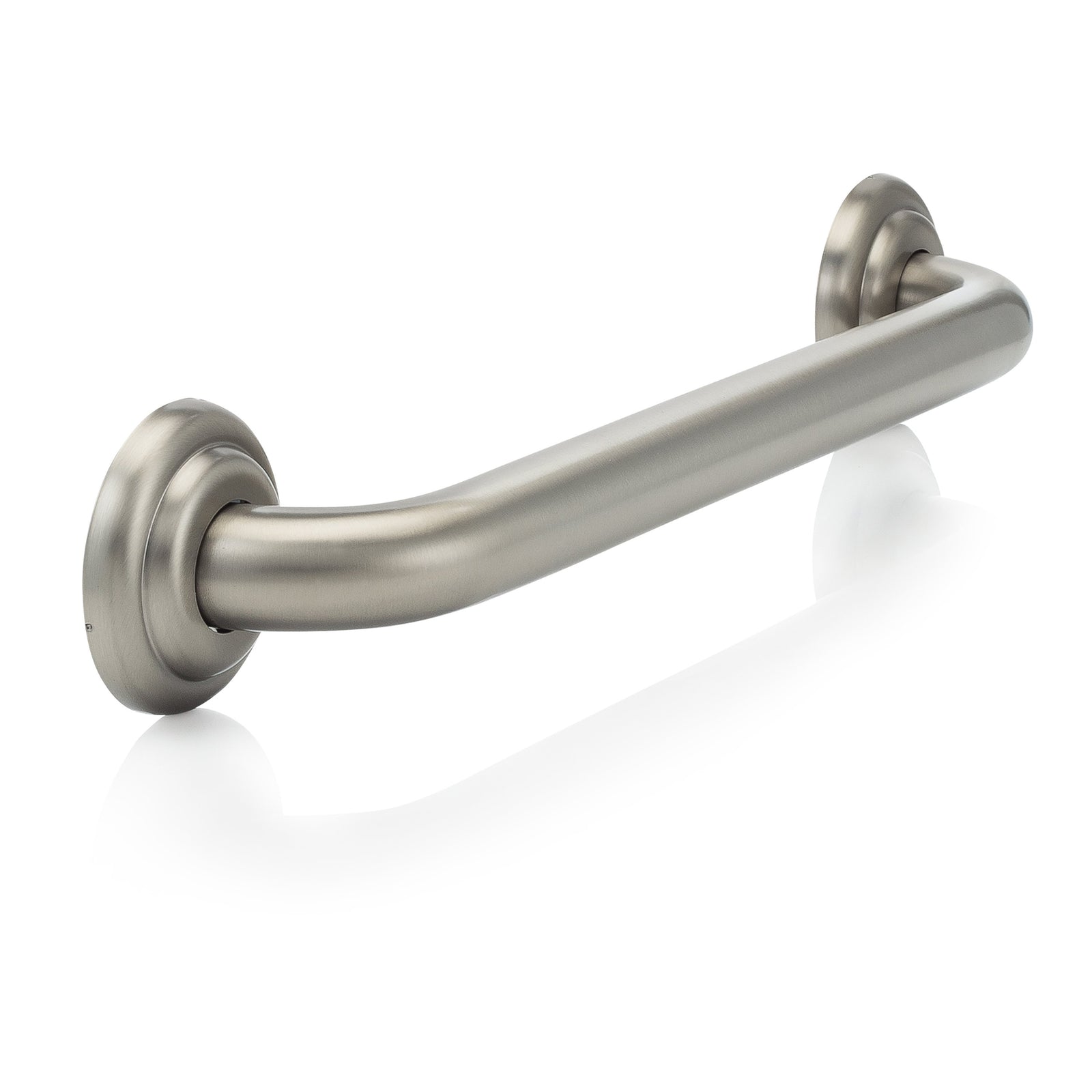
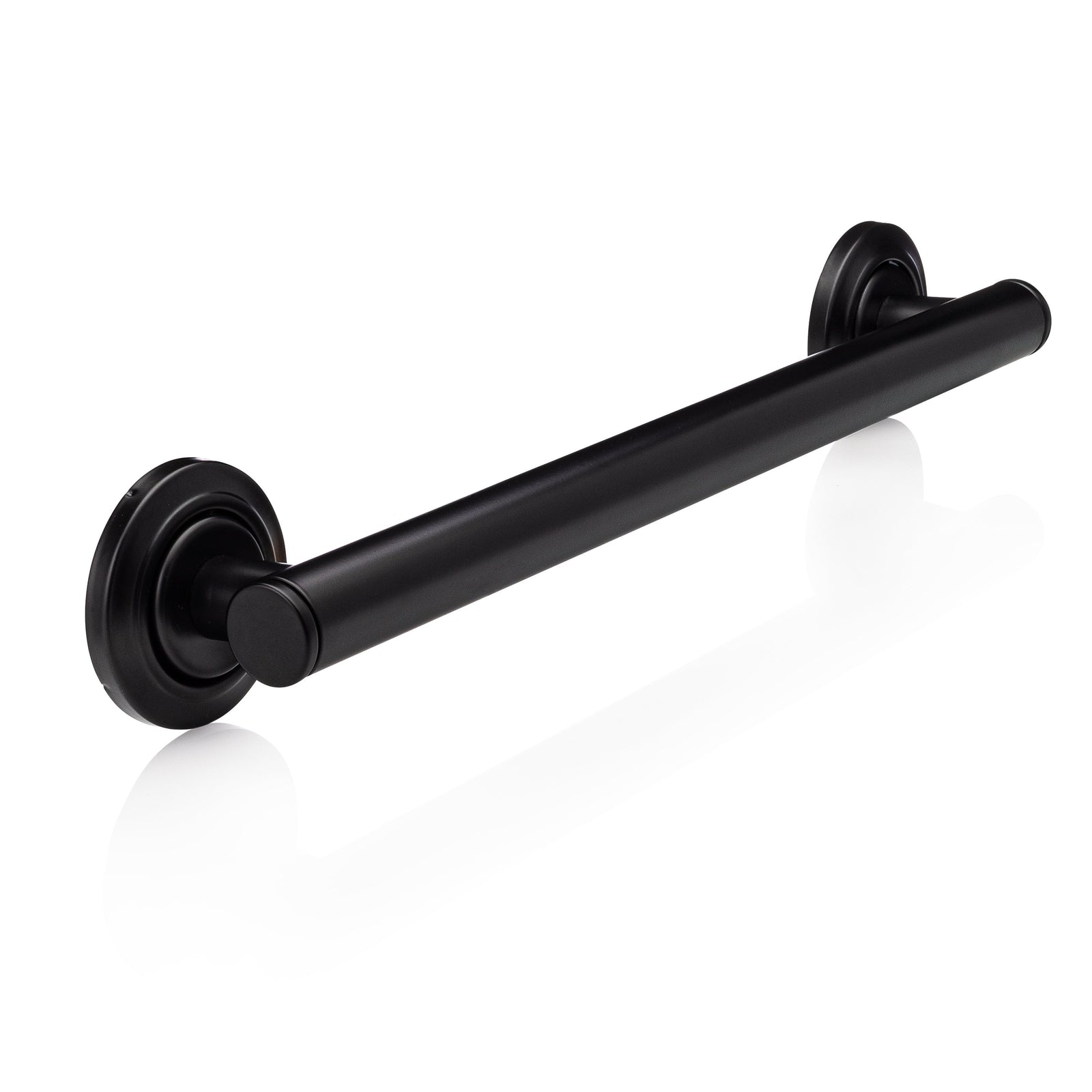
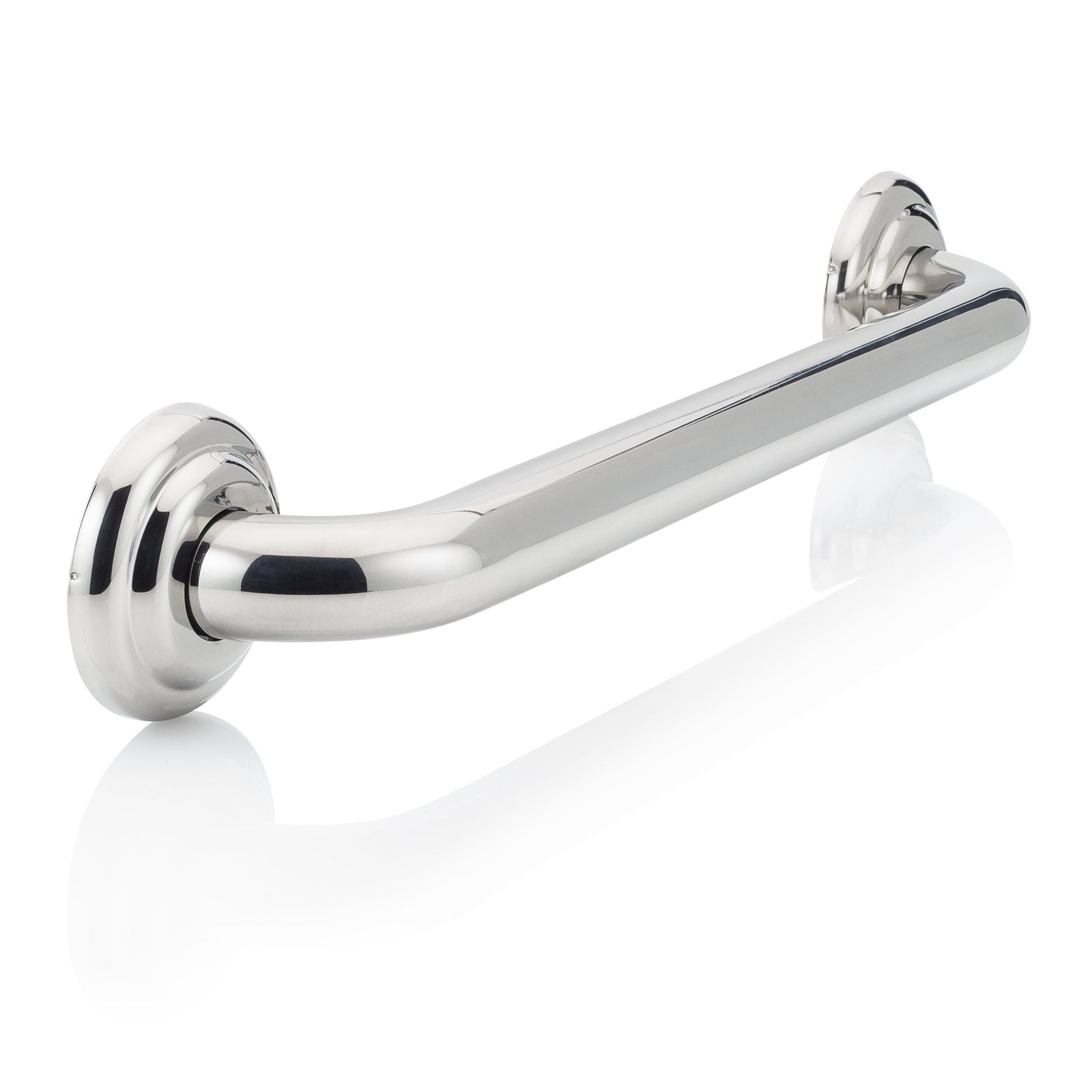

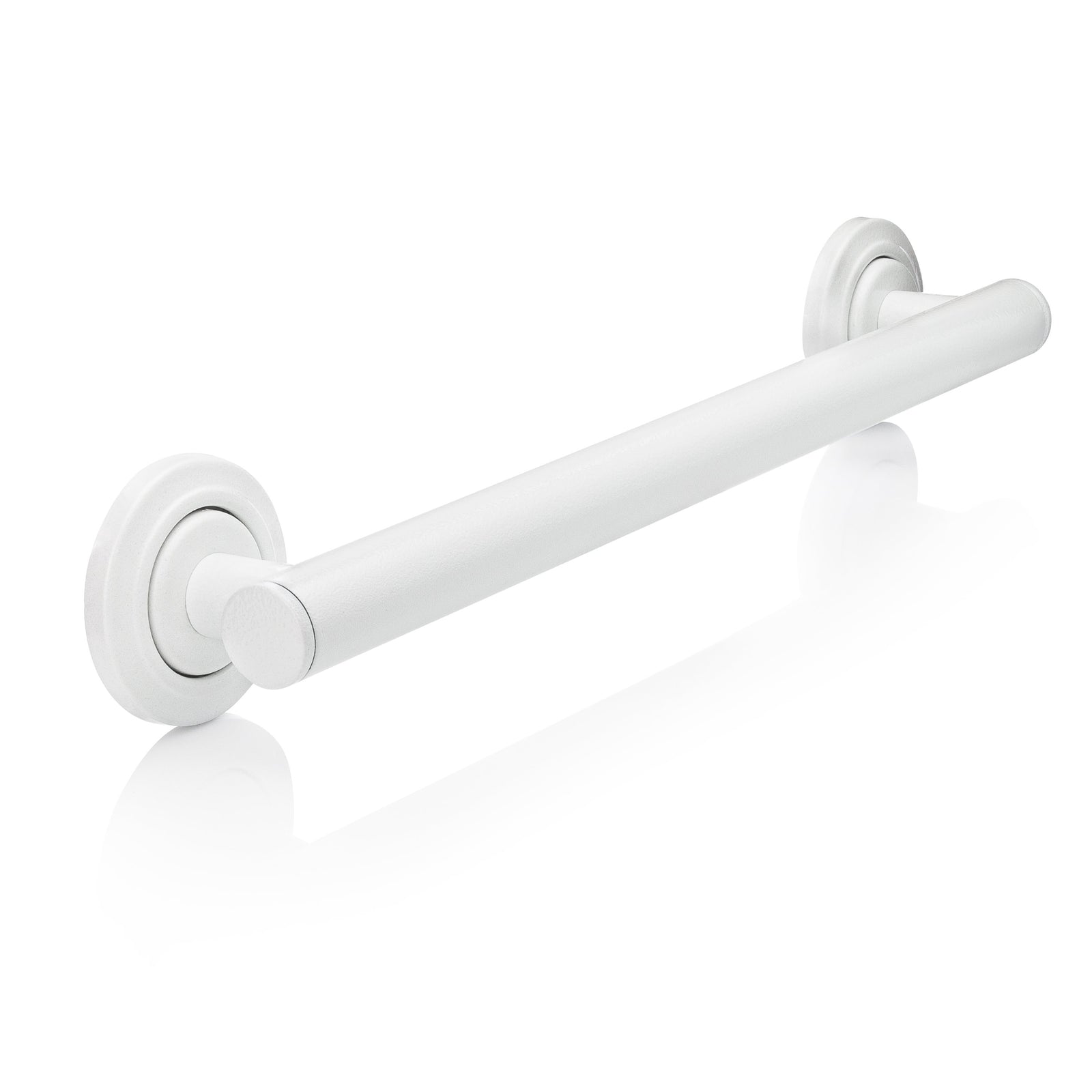
Leave a comment (all fields required)